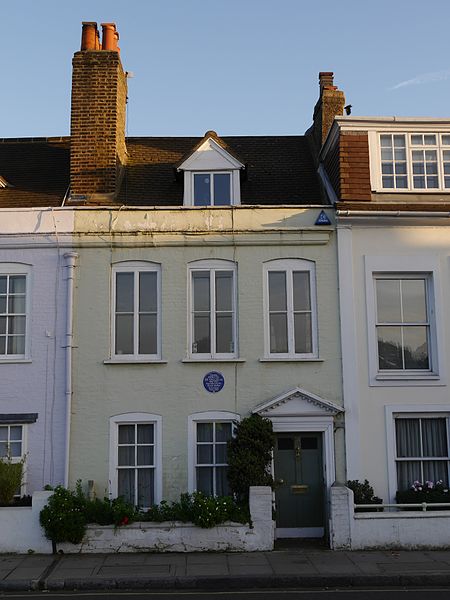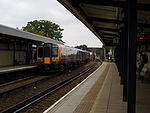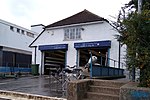14 The Terrace, Barnes
1700s establishments in EnglandBarnes, LondonGrade II listed buildings in the London Borough of Richmond upon ThamesGrade II listed houses in LondonHouses in the London Borough of Richmond upon Thames ... and 3 more
London building and structure stubsThe Terrace, BarnesUnited Kingdom listed building stubs

14 The Terrace, Barnes is a Grade II listed house at The Terrace, Barnes, London SW13, facing the River Thames, built as one of a pair with No 13 in the mid-eighteenth century.Dame Ninette de Valois (1898–2001), dancer, teacher, choreographer, and director of classical ballet, lived there from 1962 to 1982. A blue plaque is fixed to the front of the house.
Excerpt from the Wikipedia article 14 The Terrace, Barnes (License: CC BY-SA 3.0, Authors, Images).14 The Terrace, Barnes
The Terrace, London Barnes (London Borough of Richmond upon Thames)
Geographical coordinates (GPS) Address Nearby Places Show on map
Geographical coordinates (GPS)
| Latitude | Longitude |
|---|---|
| N 51.472528 ° | E -0.252582 ° |
Address
The Terrace 13
SW13 0NP London, Barnes (London Borough of Richmond upon Thames)
England, United Kingdom
Open on Google Maps










